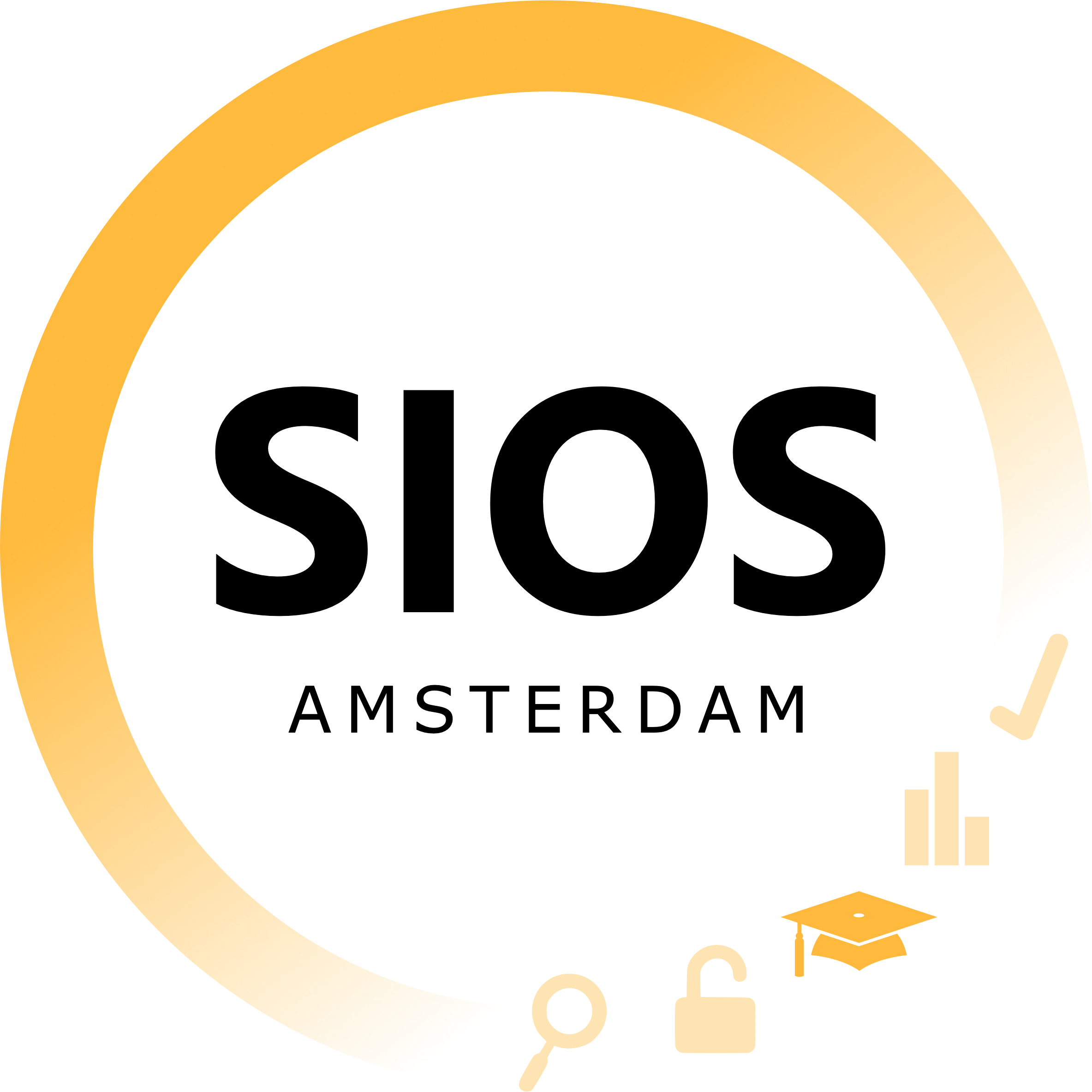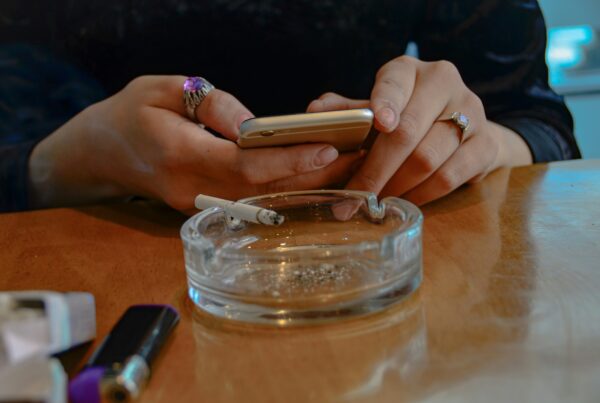
It does not happen very often that scientists step up into the spotlight and become the center of public attention, giving movie stars, politicians, and other pop-cultural icons a place in the backseat. In a time when thoughts about the COVID-19 pandemic constantly crawl into every little corner of our minds, however, it was time for the epidemiologists, virologists, mental health experts, and all the other medical researchers to shine. Suddenly, when uncertainty turned from an occasional feeling into a whole new lifestyle, it felt good to pay attention to the people that seemed to have a clue what was going on.
Scientists like Dr. Anthony Fauci in the U.S., or Dr. Christian Drosten in Germany started dominating the public discourse, adding scientific terms like incidence, R value, or asymptomatic carrier into the general public’s vocabulary. Fauci was even nominated for People magazine’s shortlist Sexiest man alive 2020, only to be closely defeated by the 47 years younger Michael B. Jordan. Even though he reached a kind of celebrity status, Fauci always made his unwillingness to stand in the spotlight clear. He merely wanted to inform the public about the scientific findings and the necessary measures that had to be taken to fight this new pandemic, a position that other famous scientists adapted as well. “Trust the experts” became the official government policy, as well as a popular internet meme all around the world.
Sadly, though, this trust in scientific experts did not seem to reach everyone. It did not take long for smearing campaigns to launch, portraying scientists as evil puppet masters that try to use the public as lab rats for their personal agenda. Some even claimed that scientists had created COVID-19 in a secret underground lab. While these extreme and ridiculous views are only shared by a small (but loud) minority of the population, mistrust in scientists is more widespread than one would expect. According to regular surveys by Pew research (2019), the general population holds an overwhelmingly positive attitude towards the usefulness of science and the competence of researchers. However, one still cannot ignore the around 30% of people that express doubts about the accuracy of scientific findings, and the 20% of people that are in doubt of whether researchers generally follow ethical and moral procedures (Pew research, 2019). But where does this mistrust come from?
Concerning the confidence in scientific findings, it is true that a lot of scientific theories turn out to be inaccurate and require revision. The most famous example would be the switch from the geo- to the heliocentric model of our solar system, a change that only occurred after centuries of holding the initial model as true. But the revision of scientific findings is not a sign of foolishness. Rather, it is an elementary and necessary part of the scientific process. Often this is however not how the public perceives it. New findings on COVID-19 that seemed to be in conflict with earlier theories were often seen as proof that we cannot “trust the experts” after all, due to the irritation of how these new findings came to pass.
This ties in with the second concern; that scientists do not follow ethical and moral procedures to obtain their results. The few cases of grave scientific misconduct that are (luckily) uncovered on a regular basis receive way more attention in the media than the millions of scientists that work in an ethical and scientifically flawless way every day. Therefore, in order to make people aware of the great societal values that science can offer, it is important to find ways to improve scientific communication. Indeed, focusing only on the occasions in which something goes wrong may bias the public’s view on research.
“It is important that these positive changes do not slow down or get reversed as soon as the pandemic is over. ”
A core proposition in this regard would be to increase the transparency in science overall, which is the main goal of the Open Science movement. Having picked up steam over the last years, many initiatives have emerged to fight a.o. for higher reproducibility of scientific findings, better communication between researchers, open access to scientific papers for everyone, and a less competitive scientific environment that would be more about getting closer to the truth instead of getting closer to the top of Google Scholar search results. The Open Science Community Amsterdam (OSCA), or the Student Initiative for Open Science (SIOS) are just two examples of Open Science organisations, founded by its enthusiasts at Amsterdam universities. Their activities quickly spread out far further the city’s borders to reach people from all academic backgrounds. In a time when the whole world relies on the accuracy of science and open communication of the people involved in it, this movement is more important than ever. And in fact, we can already see how open science helped directly in fighting the COVID-19 pandemic. Developing a vaccine or any other drug is a vital, but challenging task. Luckily, it was significantly sped up by posting the genetic sequence of COVID-19 in Open Access databases, thereby enabling researchers all over the world to use it for creating accurate tests and potential cures. The efficient modelling and monitoring of the epidemic spread was also only possible thanks to the transparent and unhindered data-sharing between laboratories, hospitals, and government institutions. And just now there are serious considerations going on to abolish the patent protection of COVID-19 vaccines and other medications, which could facilitate access to life saving medicine everywhere, supported by a number of organizations like UNESCO or the World Health Organization. This pandemic has made the value of open science apparent to academic institutions, journals, politicians and scientists themselves, and changes have been made with many publishers and researchers having sped up their adoption of open science practices since the pandemic began (Besancon et al., 2021). While this is great news for the scientific community, it is important that these positive changes do not slow down or get reversed as soon as the pandemic is over and the spotlight turns back to the icons of the non-scientific sector. We still want to trust the experts after the virus crawls back out of our minds and into the dark corners where it originally came from. We want to be there when uncertainty not only ceases to be a lifestyle but is replaced by the general feeling of knowing what is going on – both in scientific research and in our daily lives.
If the pandemic actually helped in the long-term speeding up of the implementation of open, transparent, and efficient science that is accessible and understandable to everyone, then maybe this virus had a single positive aspect after all.
References
-Besançon, L., Peiffer-Smadja, N., Segalas, C., Jiang, H., Masuzzo, P., Smout, C., … & Leyrat, C. (2021). Open science saves lives: lessons from the COVID-19 pandemic. BMC Medical Research Methodology, 21(1), 1-18.
-Chapelan, A. (2021). “Swallowing the red pill”: the coronavirus pandemic and the political imaginary of stigmatized knowledge in the discourse of the far-right. J Transatl Stud, 19, 282–312. https://doi.org/10.1057/s42738-021-00073-2
-Funk, C., Hefferon, M., Kennedy, B., & Johnson, C. (2019). Trust and mistrust in Americans’ views of scientific experts. Pew Research Center, 2, 1-96. Hagger, M. S. (2019). Embracing open science and transparency in health psychology. Health Psychology Review, 13(2), 131-136.
-Hendriks, F., Kienhues, D., & Bromme, R. (2016). Trust in science and the science of trust. In Trust and communication in a digitized world (pp. 143-159). Springer, Cham.
It does not happen very often that scientists step up into the spotlight and become the center of public attention, giving movie stars, politicians, and other pop-cultural icons a place in the backseat. In a time when thoughts about the COVID-19 pandemic constantly crawl into every little corner of our minds, however, it was time for the epidemiologists, virologists, mental health experts, and all the other medical researchers to shine. Suddenly, when uncertainty turned from an occasional feeling into a whole new lifestyle, it felt good to pay attention to the people that seemed to have a clue what was going on.
Scientists like Dr. Anthony Fauci in the U.S., or Dr. Christian Drosten in Germany started dominating the public discourse, adding scientific terms like incidence, R value, or asymptomatic carrier into the general public’s vocabulary. Fauci was even nominated for People magazine’s shortlist Sexiest man alive 2020, only to be closely defeated by the 47 years younger Michael B. Jordan. Even though he reached a kind of celebrity status, Fauci always made his unwillingness to stand in the spotlight clear. He merely wanted to inform the public about the scientific findings and the necessary measures that had to be taken to fight this new pandemic, a position that other famous scientists adapted as well. “Trust the experts” became the official government policy, as well as a popular internet meme all around the world.
Sadly, though, this trust in scientific experts did not seem to reach everyone. It did not take long for smearing campaigns to launch, portraying scientists as evil puppet masters that try to use the public as lab rats for their personal agenda. Some even claimed that scientists had created COVID-19 in a secret underground lab. While these extreme and ridiculous views are only shared by a small (but loud) minority of the population, mistrust in scientists is more widespread than one would expect. According to regular surveys by Pew research (2019), the general population holds an overwhelmingly positive attitude towards the usefulness of science and the competence of researchers. However, one still cannot ignore the around 30% of people that express doubts about the accuracy of scientific findings, and the 20% of people that are in doubt of whether researchers generally follow ethical and moral procedures (Pew research, 2019). But where does this mistrust come from?
Concerning the confidence in scientific findings, it is true that a lot of scientific theories turn out to be inaccurate and require revision. The most famous example would be the switch from the geo- to the heliocentric model of our solar system, a change that only occurred after centuries of holding the initial model as true. But the revision of scientific findings is not a sign of foolishness. Rather, it is an elementary and necessary part of the scientific process. Often this is however not how the public perceives it. New findings on COVID-19 that seemed to be in conflict with earlier theories were often seen as proof that we cannot “trust the experts” after all, due to the irritation of how these new findings came to pass.
This ties in with the second concern; that scientists do not follow ethical and moral procedures to obtain their results. The few cases of grave scientific misconduct that are (luckily) uncovered on a regular basis receive way more attention in the media than the millions of scientists that work in an ethical and scientifically flawless way every day. Therefore, in order to make people aware of the great societal values that science can offer, it is important to find ways to improve scientific communication. Indeed, focusing only on the occasions in which something goes wrong may bias the public’s view on research.
“It is important that these positive changes do not slow down or get reversed as soon as the pandemic is over. ”
A core proposition in this regard would be to increase the transparency in science overall, which is the main goal of the Open Science movement. Having picked up steam over the last years, many initiatives have emerged to fight a.o. for higher reproducibility of scientific findings, better communication between researchers, open access to scientific papers for everyone, and a less competitive scientific environment that would be more about getting closer to the truth instead of getting closer to the top of Google Scholar search results. The Open Science Community Amsterdam (OSCA), or the Student Initiative for Open Science (SIOS) are just two examples of Open Science organisations, founded by its enthusiasts at Amsterdam universities. Their activities quickly spread out far further the city’s borders to reach people from all academic backgrounds. In a time when the whole world relies on the accuracy of science and open communication of the people involved in it, this movement is more important than ever. And in fact, we can already see how open science helped directly in fighting the COVID-19 pandemic. Developing a vaccine or any other drug is a vital, but challenging task. Luckily, it was significantly sped up by posting the genetic sequence of COVID-19 in Open Access databases, thereby enabling researchers all over the world to use it for creating accurate tests and potential cures. The efficient modelling and monitoring of the epidemic spread was also only possible thanks to the transparent and unhindered data-sharing between laboratories, hospitals, and government institutions. And just now there are serious considerations going on to abolish the patent protection of COVID-19 vaccines and other medications, which could facilitate access to life saving medicine everywhere, supported by a number of organizations like UNESCO or the World Health Organization. This pandemic has made the value of open science apparent to academic institutions, journals, politicians and scientists themselves, and changes have been made with many publishers and researchers having sped up their adoption of open science practices since the pandemic began (Besancon et al., 2021). While this is great news for the scientific community, it is important that these positive changes do not slow down or get reversed as soon as the pandemic is over and the spotlight turns back to the icons of the non-scientific sector. We still want to trust the experts after the virus crawls back out of our minds and into the dark corners where it originally came from. We want to be there when uncertainty not only ceases to be a lifestyle but is replaced by the general feeling of knowing what is going on – both in scientific research and in our daily lives.
If the pandemic actually helped in the long-term speeding up of the implementation of open, transparent, and efficient science that is accessible and understandable to everyone, then maybe this virus had a single positive aspect after all.




